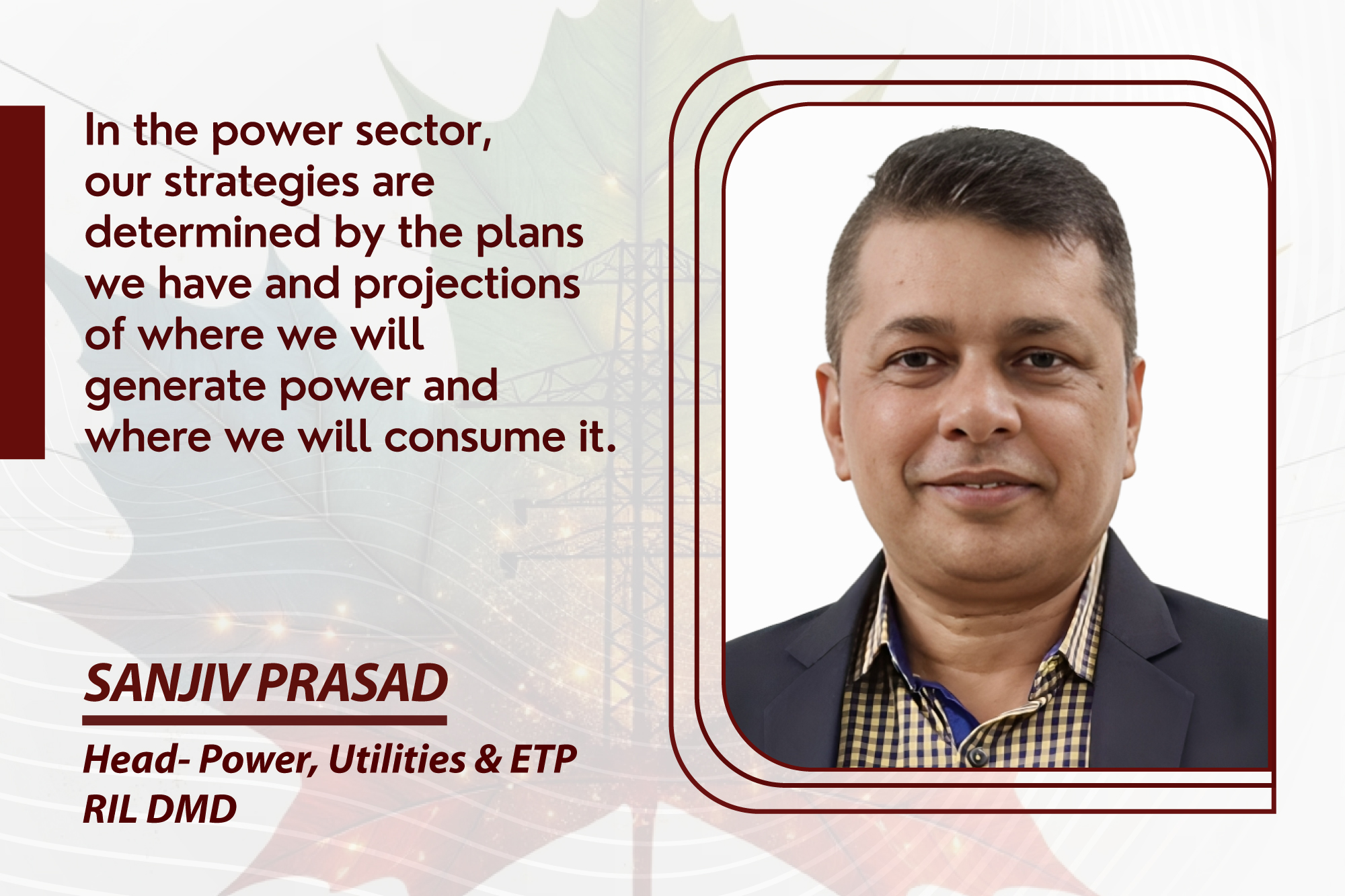Striving for a smarter transmission and distribution system
By Staff Report July 26, 2025 11:36 am IST
By Staff Report July 26, 2025 11:36 am IST

Earlier, there were frequent power cuts. Today, power supply has improved nationwide, except in a few isolated areas.
Speaking of transmission and distribution systems, if we simplify it as a road highway system, we can better understand the scenario. Earlier, there were fewer cars. Perhaps a two-lane highway was good enough, or a four-lane highway was good enough. To a large extent, a six-lane or even an eight-lane highway becomes congested at many places, depending on the volume of traffic that needs to move from one location to another. Therefore, it may be that your four-wheelers represent a smaller amount of power, or heavy vehicles represent a larger amount of power. For this, one needs infrastructure when moving across the road. What we often discuss is how this was decided, how this place was connected to a six-lane or eight-lane road, depending on the traffic considered at that time.
Similarly, in the power sector, our strategies are determined by the plans we have and projections of where we will generate power and where we will consume it. That has now become difficult. Earlier, we thought distributed generation solar rooftops were a good idea. However, that too has become a problem. Many of those rooftops are on bungalows, which are rare now, except in II-tier or III-tier cities.
Infrastructure required
Now, we need infrastructure. The quality of the infrastructure will depend on accurate data and projections, as well as the density of population in an area and the number of power sources, such as solar and wind plants, that are expected to be added. Take the example of Kutch, where significant solar development is underway. If the power generated there is not consumed in Gujarat, it must go beyond. So, do we have the evacuation capacity? Can we upgrade the infrastructure?
If you have worked in a power plant, you may be familiar with line tripping, which involves disconnecting lines up to 220 kV. Some may be working with voltages of 11 kV, 33 kV, or 66 kV. Reliability goes down because the infrastructure has not been upgraded. One purpose should be to reduce T&D losses. We often discuss the smart meter industry and how homes need them to monitor peak-time power usage and assess area-specific energy demands. Take Power Exchange, for instance. In May, before monsoon, solar power generation was so high that prices dropped to as low as 90 paisa in some slots. That shows how renewables are placed. But there is a challenge. As an operator, frequency variation is a significant issue, typically occurring around 10–11 a.m. and 6–7 p.m., when solar energy drops. Frequencies swing between 50.3 and 49.55, even with thermal scheduling. Hydro can ramp up fast, but we don’t have enough hydro plants.
So, transmission has to bear the burden. If 5000 MW is available in the Northeast, Rajasthan needs it. And even if a 5,000 MW line exists, states like Bengal or UP may also be drawing from it. By the time it reaches Rajasthan, only 300 MW capacity remains. So, despite generations, one can’t use it fully. Strategy must be based on realistic data and grounded in local development. Too often, our plans are drawing-board projections.Demand fuelling upgrades
However, now things are changing. People are now collecting real data, verifying it and using it. That is part of strategic planning—solar needs large footprints. For example, a 400 kV double-circuit line requires a 52-meter right-of-way. Securing that space, especially near industrial areas, is challenging. Space is a constraint. We also need to address domestic demand. Earlier, there were frequent power cuts. Today, power supply has improved nationwide, except in a few isolated areas. Domestic load has increased; a regular house can easily draw 5 kW. A 1BHK might run two ACs. That adds up.
So, not only major transmission lines but even LV lines must be upgraded. Transformers, too, need to be upgraded. One interesting idea is hybrid transmission. It seems useful as a strategy to upgrade existing infrastructure. Many lines are 25–30 years old and poorly maintained. The lines fall because conductors and insulators fail due to weak maintenance. Alongside growth in generation and consumption, maintenance strategies are crucial. We want reliable power and get upset if there is an 8-hour cut, but that reliability needs investment in maintenance. A smart grid with accurate metering can ensure the reliable delivery of the right power to the right place and at the right quality.
To change the scenario, large investments are needed. Privatisation is happening. One major step is permitting CT (central transmission) access for large users (50 MW+), which helps offload the STU (state transmission utility). Some private players, such as RIL, are connected to CTU. We may soon see dedicated private transmission lines, such as an Adani line, delivering your power. That’s something to watch.
We use cookies to personalize your experience. By continuing to visit this website you agree to our Terms & Conditions, Privacy Policy and Cookie Policy.